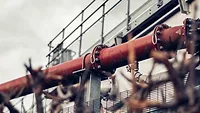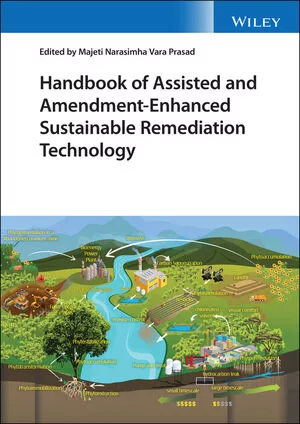EPA publishes IRIS handbook and final IRIS assessment of perfluorobutanoic acid, related salts
The IRIS Handbook does not supersede existing EPA guidelines and does not serve as direction for other EPA programs.

Main entrance of U.S. EPA Headquarters; the William Jefferson Clinton Federal Building on 12th Street, N.W., Washington, D.C. Photo by EPA
In December, the U.S. Environmental Protection Agency (EPA) announced two important documents from its Integrated Risk Information System (IRIS) Program: The Office of Research and Development (ORD) Staff Handbook for Developing IRIS Assessments (IRIS Handbook) and the final IRIS Toxicological Review of Perfluorobutanoic Acid and Related Salts. These publications demonstrate EPA’s commitment to transparency and rigorous science for use in decision making.
The IRIS Handbook transparently provides procedures for staff developing IRIS assessments, including how to apply systematic review approaches. Systematic review uses prespecified scientific methods to identify, select, assess, and synthesize the findings of similar, but separate, studies. In IRIS assessments, such studies are used to identify human health hazards associated with exposure to chemicals found in the environment and derive toxicity values for health effects resulting from exposure.
The procedures set forth in the IRIS Handbook will apply to newly initiated IRIS assessments moving forward; however, many elements of the Handbook have already been incorporated in recently finalized assessments and assessments that are currently in progress. The IRIS Handbook does not supersede existing EPA guidelines and does not serve as direction for other EPA programs.
The IRIS Handbook went through public comment in 2020, and it received a favorable external peer review from the National Academies of Sciences, Engineering, and Medicine (NASEM) in 2021. The Handbook will be updated as needed based on method advancements and experience gained through its application to a broader spectrum of assessments to ensure consistent application of best practices in future IRIS assessments.
“EPA is committed to developing IRIS assessments using consistent, transparent, and scientifically rigorous methods,” says Chris Frey, Assistant Administrator for EPA’s Office of Research and Development. “I am very proud of the scientists who have worked hard to produce a rigorous Handbook at the leading edge of assessment science, and of those scientists who have finalized the PFBA assessment, which will help EPA continue our important work to address PFAS.”
In December, the IRIS Program also released its final IRIS assessment of Perfluorobutanoic Acid (PFBA) and Related Salts. PFBA is a breakdown product of other PFAS that have been used in stain-resistant fabrics, paper food packaging, carpets, and consumer products; it has also been used for manufacturing photographic film.
As a scientific document, the final IRIS assessment was developed in accordance with Agency policies for scientific integrity and peer review. The PFBA assessment also incorporates best practices outlined in the IRIS Handbook. The multi-step IRIS assessment process included public comment on a systematic review protocol, public comment on the draft assessment, and external peer review prior to finalization.
The final IRIS assessment reviews the evidence on the potential noncancer and cancer human health effects resulting from exposure to PFBA. The final assessment found that sufficient oral exposure to PFBA likely causes thyroid, liver, and developmental effects. The final assessment also includes a noncancer estimate of the amount of PFBA that one can ingest every day that is likely to be without harmful effects. These noncancer estimates can be used when conducting risk assessments to inform decision making. Regarding PFBA’s potential cancer effects, the final assessment concludes that there is “inadequate information to assess carcinogenic potential.”
The final IRIS assessment of PFBA can be used to support a wide variety of decision-making needs across EPA’s program offices and regions, and state agencies. IRIS assessments are only part of a risk assessment. The scientific conclusions regarding hazard identification and dose response from IRIS assessments are typically combined with other scientific information, including information on human exposure, to inform decisions. Such decisions incorporate risk management policy considerations and undergo separate review processes.
Background:
EPA researchers have been working on five IRIS PFAS assessments; the PFBA assessment is the first final IRIS PFAS assessment. The other four IRIS PFAS assessments in development are PFHxA, PFHxS, PFNA, and PFDA. Please see the IRIS Program Outlook for more information on the timing of these assessments. EPA has previously finalized several non-IRIS PFAS assessments and has made significant progress in addressing commitments in the EPA PFAS Strategic Roadmap.
Learn more about EPA’s IRIS Program.
Read EPA’s IRIS Handbook.
Learn more about EPA’s IRIS assessment of Perfluorobutanoic Acid (PFBA) and Related Salts.


.webp?height=200&t=1666127696&width=200)

